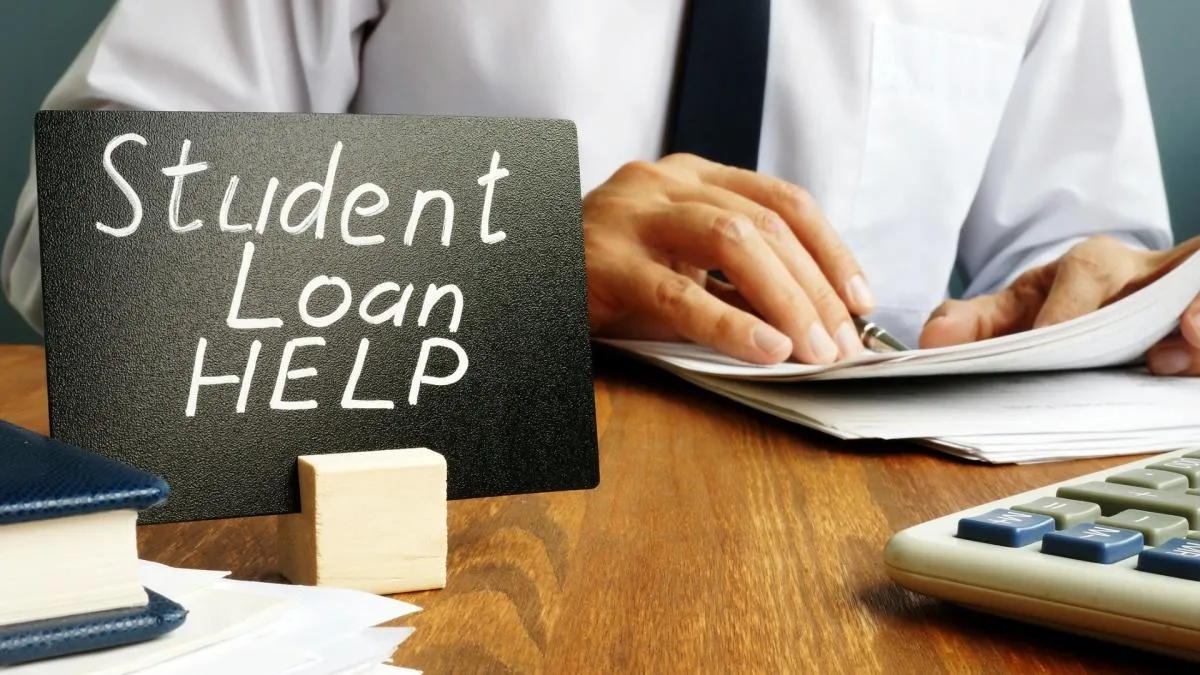Comprehensive Guide to Student Loan Forgiveness
Navigating the complexities of student loan forgiveness can feel like a full-time job. With recent changes under Joe Biden’s administration, staying informed is more important than ever. In this guide, we’ll break down everything you need to know about student loan forgiveness, updates on recent policies, and tips for maximizing your chances of debt relief.
What Is Student Loan Forgiveness?
Student loan forgiveness refers to programs that eliminate part or all of your student debt if you meet specific qualifications. These programs are designed to alleviate the financial burden for borrowers and are often tied to your profession, income, or other qualifying factors.
The concept of student loan forgiveness gained significant traction during Joe Biden’s presidential campaign, where he promised sweeping reforms to tackle the growing student debt crisis. While some progress has been made, many borrowers are still waiting for more comprehensive solutions.
Joe Biden’s Student Loan Forgiveness Plan: An Overview
One of Joe Biden’s campaign promises was to make higher education more affordable and address the ballooning student debt crisis. His administration has taken significant steps, including canceling billions in student loans for eligible borrowers. However, achieving broader forgiveness has faced legal and political hurdles.
Key Highlights:
- Public Service Loan Forgiveness (PSLF) Expansion: Biden has worked to streamline the PSLF process, making it easier for public servants to qualify.
- Targeted Relief: Over $116 billion in student debt relief has already been provided to borrowers, according to the U.S. Department of Education.
- Proposals for Universal Forgiveness: Biden’s initial plan to forgive $10,000 per borrower remains a contentious issue, with legal challenges delaying widespread implementation.
The Latest Student Loan Forgiveness Update
Staying up to date on student loan forgiveness is essential, as policies and eligibility criteria can change rapidly. Here’s what you need to know about the most recent updates:
- Fresh Start Program: Designed to help defaulted borrowers regain good standing, this program offers a new lease on financial health.
- Income-Driven Repayment (IDR) Changes: The new SAVE Plan offers more affordable monthly payments based on income and family size.
- Ongoing Legal Challenges: Broader forgiveness initiatives, like the $10,000 proposal, have faced pushback in courts, delaying relief for millions.
For real-time updates, visit the Federal Student Aid website or subscribe to newsletters that track changes in student loan policies.
Who Qualifies for Student Loan Forgiveness?
Qualification criteria vary depending on the forgiveness program. Common eligibility factors include your profession, the type of loan you have, and how long you’ve been making payments. Below are some of the most popular programs and their requirements:
Public Service Loan Forgiveness (PSLF)
- Open to government and non-profit employees.
- Requires 120 qualifying monthly payments under an eligible repayment plan.
Teacher Loan Forgiveness
- Available to teachers who work in low-income schools for at least five years.
- Forgives up to $17,500 in eligible loans.
Income-Driven Repayment Forgiveness
- After 20-25 years of payments, any remaining balance on eligible loans is forgiven.
Understanding your eligibility is the first step toward financial freedom. Keep in mind that private loans are not eligible for federal forgiveness programs.
Steps to Apply for Student Loan Forgiveness
Applying for student loan forgiveness can be a daunting process, but breaking it down into manageable steps makes it easier:
- Identify Your Program: Determine which forgiveness program suits your situation.
- Check Eligibility: Confirm you meet the program’s criteria.
- Submit Necessary Documentation: Gather employment certifications, income records, and loan details.
- Apply Through the Right Channels: For federal programs, use the official Federal Student Aid website.
Proactively tracking your application status can help prevent delays. Also, ensure your contact information is up to date to receive critical updates.
Alternatives to Forgiveness: Repayment and Refinancing
If you don’t qualify for forgiveness, other options can still make student debt more manageable:
- Income-Driven Repayment (IDR) Plans: These plans cap your monthly payments based on your income.
- Loan Refinancing: This option may lower your interest rate but often disqualifies you from federal forgiveness programs.
- Deferment or Forbearance: Temporary relief options allow you to pause payments during financial hardships.
Understanding all your options ensures you make informed decisions about your financial future.
Common Myths About Student Loan Forgiveness
Despite its benefits, student loan forgiveness is often misunderstood. Let’s debunk some common myths:
- “All loans are forgiven automatically.”
False. You must apply and meet specific criteria. - “Private loans are eligible.”
False. Only federal loans qualify for forgiveness programs. - “Forgiveness is guaranteed under Biden’s plan.”
False. While Biden’s administration has made progress, legal and political challenges remain.
Knowing the facts can save you from unnecessary stress and help you focus on actionable solutions.
Preparing for the Future of Student Loan Forgiveness
The student loan forgiveness landscape is continually evolving. As we move into 2025, here are some ways to stay prepared:
- Stay Informed: Follow reputable news sources and official government updates.
- Maintain Documentation: Keep records of payments, employment, and loan details.
- Advocate for Change: Join movements that support student debt reform to ensure your voice is heard.
With potential changes on the horizon, proactive planning can make all the difference.
Final Thoughts: Is Student Loan Forgiveness Right for You?
Student loan forgiveness is a valuable tool for millions of Americans burdened by debt, but it’s not a one-size-fits-all solution. Understanding your options, staying informed about updates like Joe Biden’s student loan forgiveness initiatives, and exploring alternatives can help you take control of your financial future.






